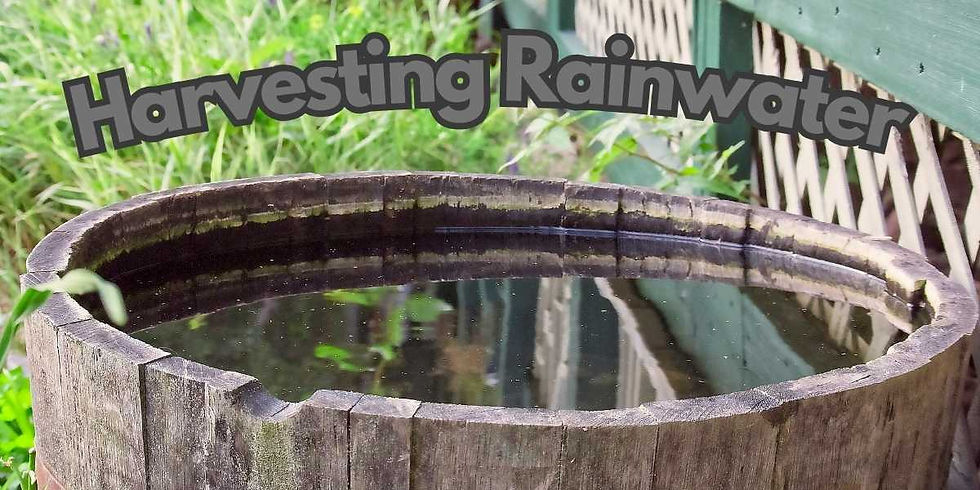
Puddle Fact: It takes about 2 minutes for a raindrop to reach the ground.
Harnessing Rainwater at Home
A Sustainable Solution for the Future
In a world grappling with the effects of climate change and dwindling water resources, harvesting rainwater at home has emerged as a powerful and practical solution. It not only helps conserve water but also provides a cost-effective way to meet your household's water needs while reducing your environmental footprint. In this article, we'll explore how to harvest rainwater at home and why it's essential in our journey toward a sustainable future.
Why is Rainwater Harvesting Important?
Water Conservation
One of the most compelling reasons to harvest rainwater is water conservation. As populations grow and the demand for fresh water increases, the strain on existing water sources becomes more evident. Rainwater harvesting provides an opportunity to reduce our dependence on municipal water supplies or groundwater. By using rainwater for non-potable purposes such as irrigation, flushing toilets, and washing clothes, we can significantly reduce our daily water consumption.
Mitigating Flooding and Erosion
Rainwater harvesting also helps prevent localized flooding and erosion. When heavy rain falls on impervious surfaces such as rooftops and driveways, it often leads to runoff, which can overwhelm drainage systems. By capturing and storing rainwater, you can control this runoff and reduce the risk of flooding in your area. Additionally, it can prevent soil erosion by allowing rainwater to be absorbed back into the ground, recharging aquifers and maintaining healthy soil.
Reducing Water Bills
Another significant advantage of rainwater harvesting is the potential cost savings. By using rainwater for tasks like gardening and flushing toilets, homeowners can lower their water bills. While the initial investment in a rainwater harvesting system may seem substantial, the long-term financial benefits, combined with the positive environmental impact, make it a worthy investment.
How to Harvest Rainwater at Home
Assess Your Roof
The first step in harvesting rainwater at home is to assess your roof's suitability. A roof with gutters and downspouts is essential. The roof material should also be safe for collecting rainwater – avoid using roofs with asbestos or treated wood shingles.
Install Gutters and Downspouts
If your home doesn't already have gutters and downspouts, consider installing them. Gutters collect rainwater and direct it to downspouts, which then channel the water into storage containers.
Choose Storage Containers
You can use a variety of containers to store rainwater, such as rain barrels, cisterns, or even underground tanks. Make sure they are clean, food-grade, and fitted with screens to prevent debris and insects from entering.
Filtration and Treatment
Rainwater should be filtered and treated to ensure it is safe for use. Install a first-flush diverter to divert the initial runoff, which may contain pollutants, away from your storage container. Consider installing a fine mesh filter to remove debris and an ultraviolet (UV) sterilization system or chlorination to kill bacteria and pathogens.
Distribution System
To use the harvested rainwater, connect it to your irrigation system, toilets, or laundry machine. This may require additional plumbing work to ensure a seamless distribution.
Regular Maintenance
Regular maintenance is essential to ensure the efficiency of your rainwater harvesting system. Clean gutters and filters, check for leaks, and inspect the storage containers to prevent contamination or the growth of algae.
Puddle Round Up
Rainwater harvesting is a sustainable and practical solution for individuals and communities alike. By conserving water, reducing flooding, and cutting water bills, homeowners can make a meaningful contribution to the environment and their wallets. As we continue to face water scarcity and the impacts of climate change, rainwater harvesting offers a simple yet powerful way to address these challenges. Embracing this eco-friendly practice at home is not just an option; it's a responsibility we owe to our planet and future generations.


Comments